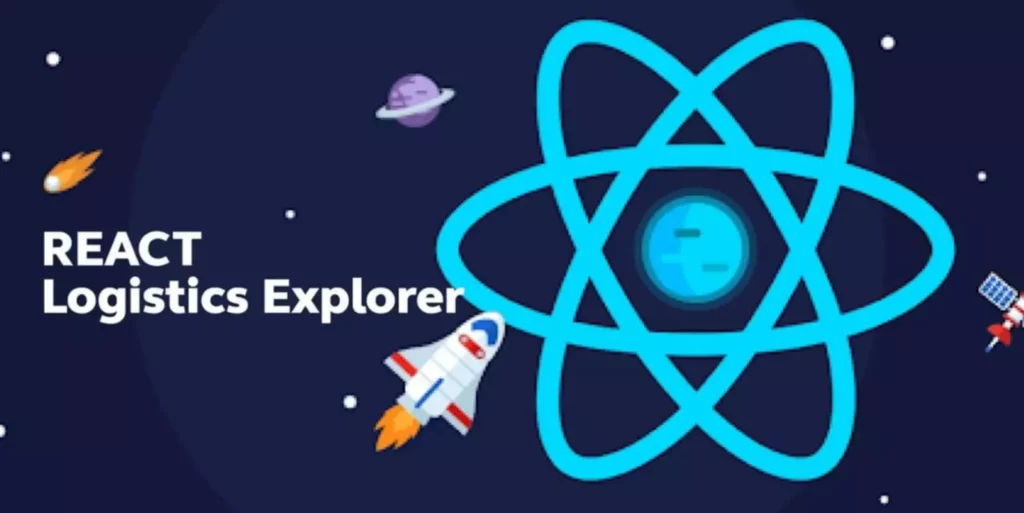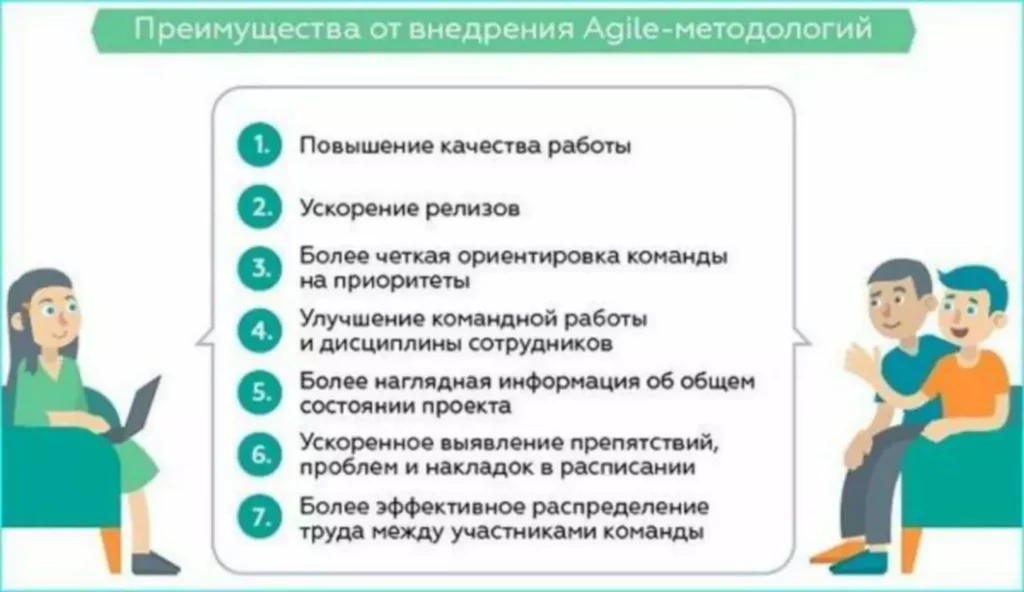So instead of utilizing the most recent tag, what you ought to be doing as a substitute is pinning to a specific model. This way it doesn’t change and you understand precisely what it’s you have, and you’re working with, what version of that particular image you’re working with. I will just learn, once more, the identical file. So this interaction is really necessary. I mean, because this is really the same file. I will choose the proper platform.
We can truly go into the GUI and see info. And there’s other open supply tools that may actually show you the file system layer by layer just like the dive software will be capable of do that. So let’s go look at a couple of examples of a picture. If we return over to Docker Desktop, I will clear off my terminal. Let me go find my mongo, right here it’s. And That I will just do a docker picture historical past mongo.

I mean, we now have some locales, etc. I have my own registry on my laptop, so just to keep away from some kind of network historical past that’s not as much as attainable. So let’s build that, which must be fairly fast. We’ll just create some sort of primary picture. I will add some supply chain supplies. I mean, there’s different tools should you actually wish to perceive what it means, but just to have a real instance.
Then, I mean, you can also do some parallel stuff, etc. However if you need to write something that will pull a picture, it’s simply that straightforward. And with that, we just get all the relaxation of the picture.
Method 2: Operating Ollama With Docker Compose
For builders, DevOps professionals, and tech leaders, picking the right device or a combination could make or break tasks. In this article, we take a deep dive into the world of Docker and Kubernetes, discussing their strengths and helping you decide when to deploy every one. Now, I push my final builds to Docker Hub the moment they’re accomplished, allowing my clients and collaborators to tug and run them effortlessly. The command’s output exhibits CACHED next to the RUN instruction that installs Node, demonstrating the beforehand built layer is being reused.

Let’s talk in regards to the architecture of Docker. So, you understand the means it works Docker uses a client-server architecture. But technically a container is just a process, like different processes working in your pc.
- The IDs of intermediate layers show as because the picture was constructed using BuildKit.
- I read the digest of the config blob of all my layers, however I have already got every little thing regionally.
- Type docker context ls into your terminal, and voilà—see all your options displayed earlier than you.
- A mount permits us to change the filesystem whereas constructing.
And we’ll produce that underneath totally different tags. I actually have just a quite simple Docker file. I imply, it just doesn’t actually matter what’s inside. It’s simply from the lengthy picture, I’ll just add some packages and do some JavaScript code.
A Universal Method: Checking The Docker Socket
Now, let’s take that one step further. Let’s say that the supply that I’m copying in is only supply. It’s HTML files or whatever it might be. And that exact layer is not going to be interacting with another https://deveducation.com/ layer.
Running Opencoder Llm In Vs Code: An Area, Copilot Different
The first part is simply to offer me entry to these config and layers. Now we’ll see how we push a picture directly to the registry. So it will be principally to push all of the blobs, all of the content material of the blob folder. I need to push that on my registry. So will in all probability be the layers, the config, but additionally all the manifests.
For 4 years I’ve worked on Docker; I’ve worked on several totally different parts of Docker. I work on the registry to search out inconsistencies inside the why do we need docker storage of images. I worked on publishers, like DVPs, and the software program and supply program. We created some analytics, like the pool analytics and all of that, photographs, the tags, the pool, and so forth.
So we are able to suppose that this is identical factor. So, that’s what we will do all along the method in which. We’ll simply decide this digest, look inside, and so on. So choose this one, the three eight.
This is really the asset you could run on the finish. The objective is, we get this asset or we store this asset but that’s what you wish to run at the end. And if we mix all that, so like one or a quantity of images and the index, that is what we name multi-platform picture. This is solely one step on high of that. So it’s all of the completely different layers, all the different instructions we have contained in the Docker file that are stored on this blob. And last, we have this diff ID — that is the uncompressed digest of the content material.
Leave a Reply